A Brief History of Credit Cards and the Future of Credit Cards

Our relationship with credit cards is over 100 years old. The story of credit card evolution, from its early origins to the current day, has many fascinating twists and turns.
The idea of the credit card came from the lending practice of American merchants in the 1800s. It began simply: merchants offered credit to trusted customers, enabling them to pay the bill later. A paper log of purchases with the account number and the merchant’s name was the equivalent of a card statement.
In the early 1900s, a few department stores and oil companies began issuing ‘prehistoric’ versions of store credit cards. Time magazine tells the story of the “Charge-it card,”; the first bank-issued card which customers could use at more than one merchant store, developed in 1946 by the Flatbush National Bank of Brooklyn (under the guise of banker John Biggins). Since then, credit cards have slowly but surely made their way into our everyday lives.
Credit cards in our daily lives: from diners club to IBM
In 1950, Diners Club founder Frank McNamara issued a card along with a prediction: that it would be honored at all restaurants in New York. McNamara and his Diners Club card paved the way for other issuers who recognized the potential of such cards.
The Bank of America introduced its card in 1958 with a publicity stunt called “the Fresno Drop.” According to the Washington Post, the bank mailed out 60,000 activated cards with a $500 credit line to the general population in Fresno, California.
In 1958, American Express emerged onto the scene with its revolving credit card balances. Shortly after that, a magnetic strip security feature (invented by IBM) became a card feature, further contributing to America’s growing confidence in credit cards.
Making credit cards safer: legislation and security
Over the next decade, legislation aimed at regulating the industry became law. In 1968, the Truth and Lending Act was introduced, quickly followed by the Unsolicited Credit Card Act of 1970. During that same year, laws to prevent credit card companies from discriminatory practices that denied people cards based on race, sex, and/or religious affiliations were created, as well as amendments that protected customers from fraudulent activity. In 1974, the Fair Credit Billing Act (FCBA) became federal law as an amendment to the Truth and Lending Act, protecting consumers from unfair billing practices. Then in 1977, the Fair Debt Collection Practices Act (FDCPA) was passed to establish legal protection from abusive debt collection practices.
Since then, attention has turned toward security. EMV was developed by Europay, MasterCard, and Visa in the mid-1990s to deter fraud. This technology enables a chip located on the credit card to protect against counterfeit fraud through authentication. It was widely adopted in Europe before acceptance in the USA.
Originally, security policies differed between card companies. But after the Payment Card Industry Security Standards Council (PCI SSC) was formed, card companies aligned their individual policies to the PCI DSS – Data Security Standard. The first PCI DSS was released in 2004, and the latest version was released in May 2018.
The Credit Card Accountability Responsibility and Disclosure Act of 2009 amended the Truth in Lending Act. The two key provisions in the act include no retroactive rate increases and enough time to pay, setting at least 21 days to pay from the time the bill is mailed as the new minimum standard.
Credit cards of the future
The introduction and mass adoption of credit cards has changed how we use and think about our “credit” and money. But the story isn’t over. The credit card industry will continue to evolve to meet consumers’ needs and advances in technology. Tap and pay and other card-not-present technologies are now increasingly used and adopted by merchants and consumers. Blockchain, cryptocurrency, and other innovative technologies will continue to change how we use and interact with our credit.
In less than 100 years, we have created technologies that exchange currency with just a tap of a card or device. What will the next 100 years bring?
Categories












